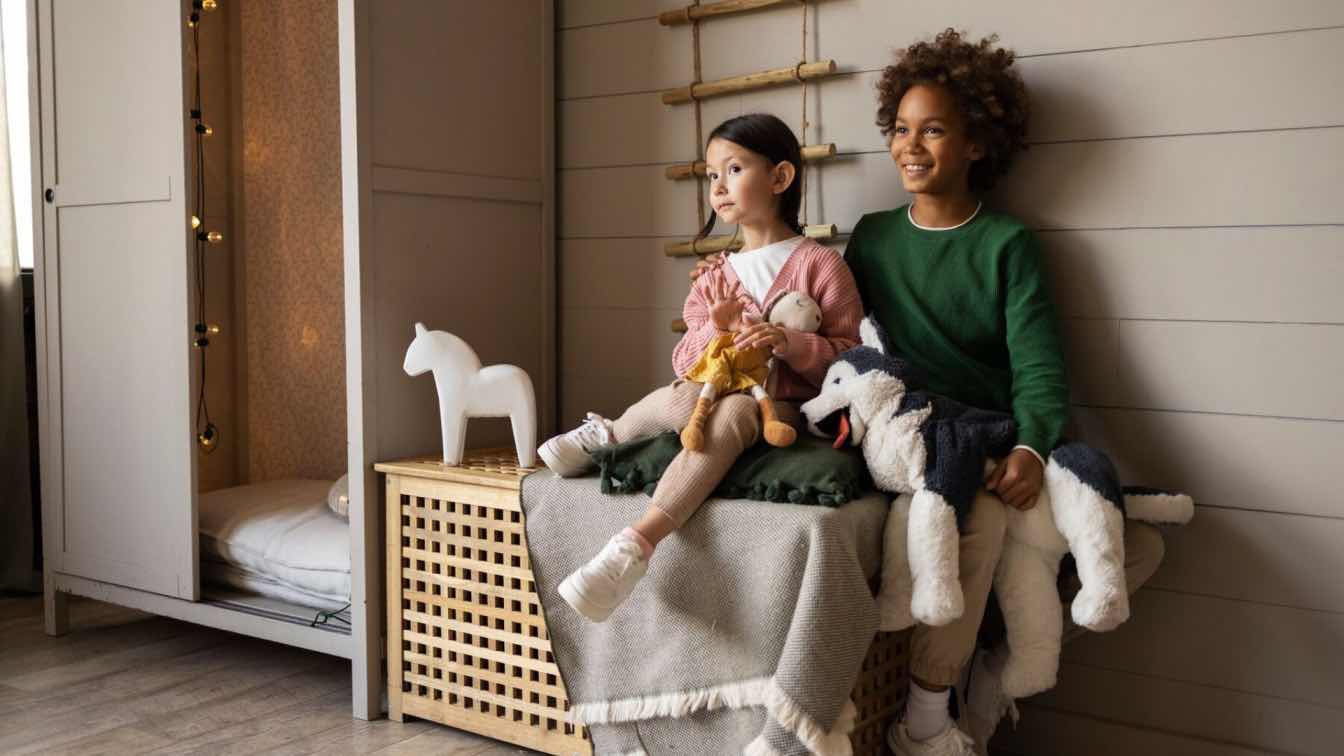Creating a home that's both safe and enjoyable for children involves thoughtful planning and execution. Whether you're building a new house or renovating an existing one, incorporating child-friendly features can ensure a secure and stimulating environment for your little ones. Here are some essential tips to help you construct a child-friendly home.
1. Choose Non-Toxic Materials
Safety starts with the materials you use. Opt for non-toxic paints, finishes, and building materials to minimize exposure to harmful chemicals. Look for products labeled as low-VOC (volatile organic compounds) or no-VOC, which are safer for both children and adults.
2. Design Open Spaces
Children need space to move and play. Open floor plans in common areas like the living room and kitchen allow for better supervision and provide ample room for activities. Avoiding cluttered layouts also reduces the risk of accidents.
3. Install Child-Safe Flooring
Choose flooring that is durable, easy to clean, and safe for kids. Hardwood, vinyl, and cork are excellent choices as they are less likely to trap allergens and are easier to maintain. Soft area rugs and mats can add cushioning to prevent injuries from falls.
4. Consider Rounded Edges and Corners
Sharp edges on furniture and fixtures can pose a hazard to children. Opt for rounded edges and corners on countertops, tables, and other furniture pieces. You can also use edge guards to soften existing sharp edges.
5. Create a Safe Kitchen
The kitchen is often the heart of the home, but it can also be a danger zone for children. Install safety latches on cabinets and drawers, especially those that contain sharp objects or hazardous materials. Consider using induction cooktops, which remain cool to the touch, and place frequently used items within easy reach to minimize the need for climbing.
6. Incorporate Child-Friendly Storage
Kids have a lot of stuff, from toys to books and clothes. Incorporate plenty of storage solutions that are accessible to children. Low shelves, bins, and drawers can help them keep their belongings organized and encourage independence.
7. Ensure Safe Windows and Doors
Windows and doors can be potential hazards if not properly secured. Install window guards or stops to prevent falls, and use cordless window treatments to eliminate strangulation risks. For doors, consider using slow-close hinges and soft bumpers to protect little fingers.
8. Plan for Outdoor Play Areas
If you have outdoor space, design a safe and fun play area for your children. Use soft, impact-absorbing surfaces like rubber mulch or sand under play equipment. Ensure that the play area is visible from inside the house for easy supervision.
9. Install Safety Gates
Staircases can be dangerous for young children. Install safety gates at the top and bottom of stairs to prevent accidental falls. Choose gates that are sturdy and easy for adults to operate but difficult for children to open.
10. Incorporate Multi-Functional Spaces
Designing multi-functional spaces can cater to the needs of both children and adults. For example, a family room can double as a playroom and a study area. Flexible furniture, like storage ottomans and foldable desks, can adapt to different activities.
11. Ensure Electrical Safety
Electrical outlets should be covered with safety plugs or tamper-resistant receptacles to prevent children from inserting objects. Keep cords out of reach, and use cable management systems to organize and hide electrical cords.
12. Create a Child-Friendly Bathroom
Bathrooms can be hazardous for children due to the presence of water and slippery surfaces. Use slip-resistant mats and flooring, and install a child-height sink or step stool to make handwashing easier. Always supervise young children during bath time to prevent accidents.
13. Think About Future Needs
As children grow, their needs and interests will change. Plan your home construction with flexibility in mind, allowing for easy modifications and adaptations. For instance, a nursery can eventually be converted into a study or guest room.
14. Create a Dedicated Gaming Room
A dedicated gaming room can provide a safe and fun space for your children to enjoy various activities, from video games to board games. Equip the room with comfortable seating, adequate lighting, and storage for games and accessories. Ensure that the room is soundproofed to minimize noise disruption in the rest of the house. Incorporating educational games can also make the gaming room a productive space where children can learn while they play.
Conclusion
Building a child-friendly home involves a balance of safety, functionality, and fun. By incorporating these tips into your home construction or renovation plans, you can create a space that nurtures your children's development while providing peace of mind for you. A well-designed child-friendly home will be a haven where your family can grow, learn, and create lasting memories.





